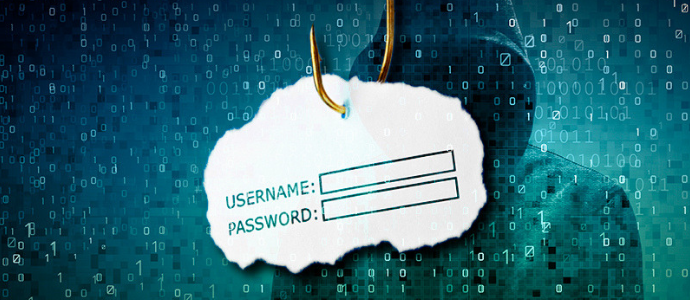How Healthcare Organizations and Hospitals Can Protect Against Phishing Attacks

Hospitals are struggling to keep their sensitive data under lock and key. In fact, phishing attacks are on the rise and become more sophisticated than ever. 76% of organizations say they experienced phishing attacks in 2017 – and 92.4% of this malware is delivered via email.
The 2018 Data Breach Investigations Report by Verizon revealed that healthcare organizations suffered more data breaches and phishing attacks than any other industry in 2017. This report also states that healthcare is the only industry where the threat from inside is greater than that from outside – where human error is the largest contributor to giving hackers access to the inside.
What is a Phishing Attack and How Do You Identify One?
Phishing is a significant threat to everyone, including healthcare organizations. A phishing attack can happen when a hacker sends an email disguising themselves as somebody else – in an attempt to breach sensitive data – and in this case, healthcare records.
The sent email will often mimic the email address or signature of trusted source in order to trick the recipient into clicking a link within the email. For example, hackers can disguise themselves as a manager or a vendor. The email looks just like other emails you may receive but has small errors that are difficult to spot under a quick glance.
Once the victim clicks the email link, they give the attacker direct access to their network and personal, digital information – which could include hundreds of thousands of patient medical records. Phishing emails come in all different forms, but the most common disguise is a fake invoice, according to Symantec's 2018 Internet Security Threat Report.
But criminals don’t have to get the last laugh. Healthcare organizations can protect themselves before cyber attacks happen by following the proactive tips below.
Assign Responsibility
It’s important to create a management structure that oversees cybersecurity, identifies internal employees responsible, and utilize vendor services that can be ready to respond to an attack immediately. Always oversee the security of your organization before a potential attack takes place.
Plan Ahead
To lessen the risk of a healthcare cyber attack, develop a plan in advance that utilizes industry standards, and best practices, to assess threats from unauthorized access. Experts at Deloitte say that crisis simulation and wargaming enables management to understand what can happen, which steps to take, and whether the organization is truly prepared.
Have a Recovery Plan
If your healthcare organization has fallen victim to a cyber attack, be sure to report this to your team immediately. Follow your company's plan on handling phishing attacks and let your supervisor know what has happened. Studies say remediation must eliminate or minimize the root causes of incidents and return businesses, functions, IT, and stakeholders to a secure operating environment.
Even if you are diligent about every step and take the necessary steps to ensure your data is secure, keep in mind that the digital world is evolving and so are criminals.
Making decisions about how to balance security and accessibility, resources, and risk is no easy task. But, with the right security management system, you can mitigate the extent of cyber attacks and stay resilient after being victimized. Education and vigilance are key to preventing phishing attacks.
